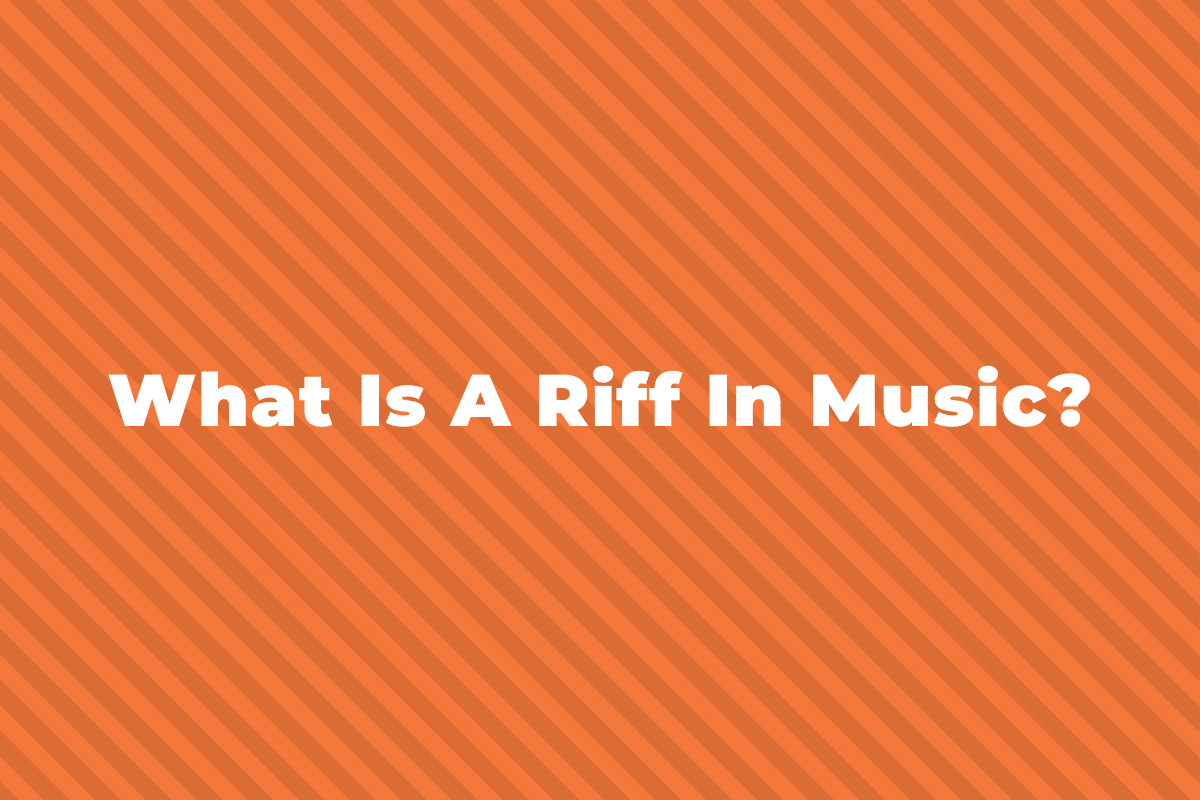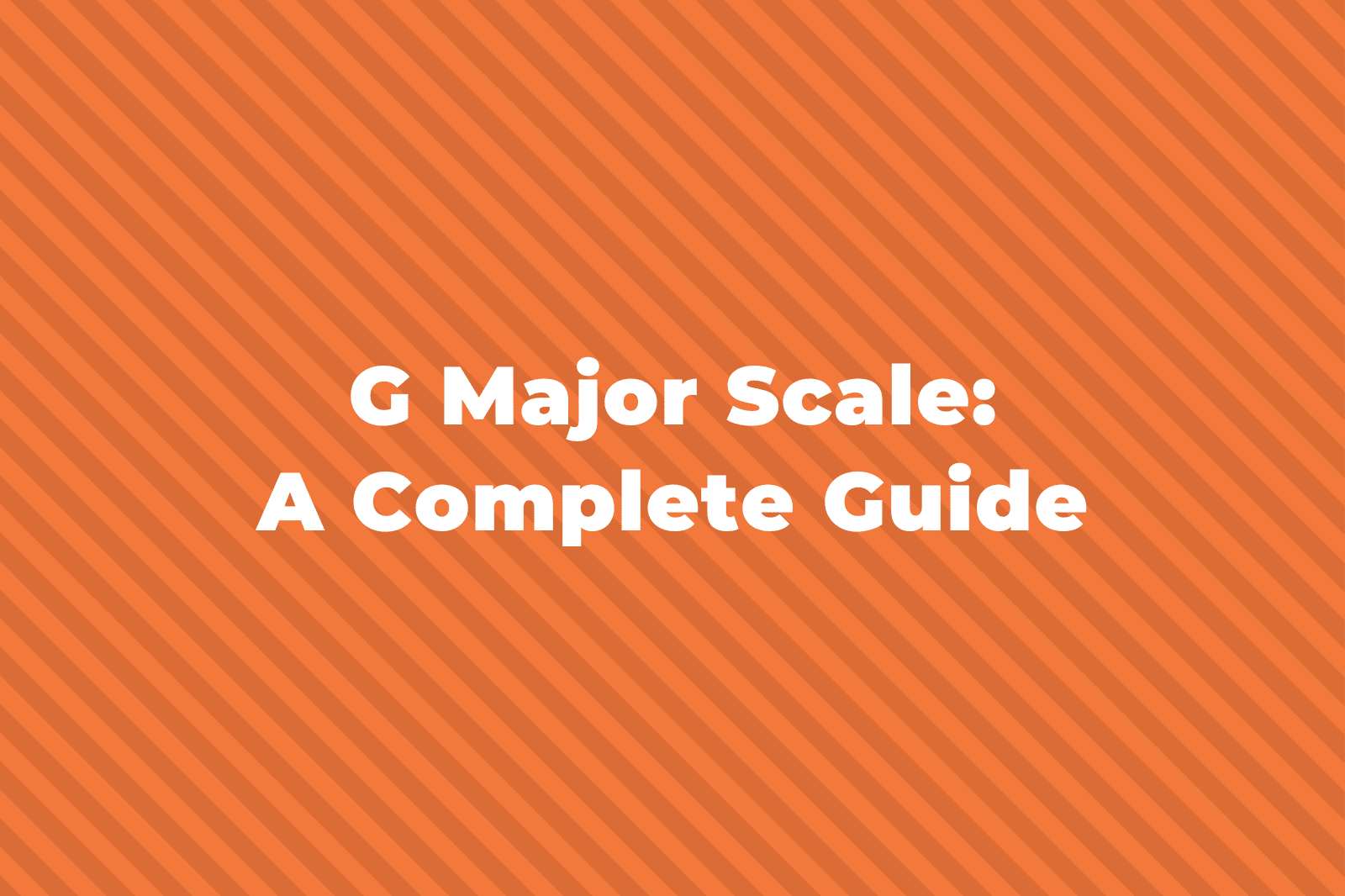When playing or writing music, sometimes you’ll want to subdivide a beat into a rhythm that can be tricky to notate. It might not divide easily in half or in quarter like other types of musical notes. For these situations we need to use something called a tuplet.
In this post, we’re going to take a look at a type of tuplet called a duplet and how they’re written and used.
What is a Duplet?
A duplet is a type of tuplet that allows you to play two notes in the time of three notes.
They work in the same way as a triplet – which is where you play three notes in the time of two – but in reverse.
How do Duplets Work
When we’re in compound time the beat is always a dotted beat.
In other words, each beat can be divided into three.
For example, the time signature 6/8 tells us there are six quavers (eighth notes) in a bar.

We group those quavers into two groups of three with each group of three quavers adding up to a dotted crotchet (dotted quarter note).

But, what if we wanted to have two equal notes in the time of one dotted crotchet beat?
It’s in these situations that we use a duplet.
We indicate a duplet in the same way as a triplet but instead of using the number three above the notes, we use the number two.

The quaver duplet above is played in the same time as it takes to play three normal quavers.

Alternate Ways to Write Duplets
When writing a duplet for notes without beams (crotchets, minims etc) you can also use a bracket over the top to show which notes the duplet applies for.

There is another way to write a duplet by using dotted notes.
For example, the duplet below each quaver is actually worth 3/4 of a beat which is the same as a dotted quaver.

We can use a dotted quaver to achieve the same rhythm like this:

These two bars are played and sound exactly the same, they’re just different ways of writing the same thing.
Summing Up Duplets
I hope that helps make a bit more sense of duplets and how they work.
Duplets can be hard to understand, especially when converting music from one time signature to another but with a little practice you’ll soon get to grips with them.



